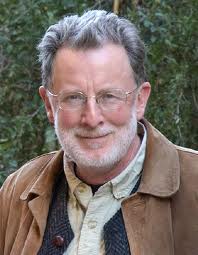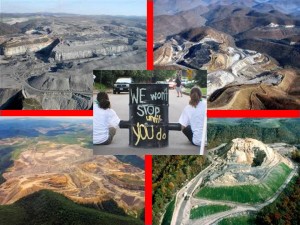Commentary by: Jock Gill
How are we going to reduce Vermont’s carbon footprint and at the same time protect Vermont’s agricultural heritage and family farms, create local jobs, and stimulate small business formation? Is utility-scale wind part of the solution? I would suggest the answer is no.
For a number of reasons, utility-scale turbines are not the best and most appropriate tool to reduce Vermont’s carbon footprint; while they may be effective in other states, they are a misfit for our landscape. First of all, it’s a tiny drop in a big bucket. Electrical generation in Vermont contributes less than 1 percent of Vermont’s carbon foot print; heating with fuel oil and burning transportation fuels account for the overwhelming percentage. It would be far more effective, for instance, to increase dramatically the number of homes that heat with safe, clean, automatic biomass heat, using pellets of wood or grass grown and pelleted in Vermont.
Second, even if we wanted to focus on reducing our carbon footprint for electricity, we should look to a resource far more abundant in Vermont than wind: sun. Vermont’s wind resources are estimated to be about 1/620 of its solar resources. It would take less than 7,000 acres of Vermont’s agricultural lands to site enough solar electric generation to meet ALL of Vermont’s current power needs. This amounts to just 0.6% of Vermont’s 1.2 million acres of open farmland. And all of this with no bulldozing, no blasting, no noise pollution or health hazards, and no 400 foot towers strung along our mountain ridgelines.
Read entire post….
Phi Beta Iota: The following is borrowed from a colleague commenting on the full article above. We agree.
Let the battle begin! Jock's analysis of the problematic nature of siting industrial-scale windmills in VT raises a much larger political/philosophical question about what kind of energy future we should be investing in. The forces of the current centralized power station/gigantic distribution network system will naturally favor very large-scale sourcing for renewables, and the mainstream media are quite comfortable framing the discussion of renewables as if a simple overhaul of the sources of our electricity sources were the only issue on the table.
How many times have you read that some area of the country (usually in the south-western desert or more recently along a north-south axis in the farm belt states) could supply all of the electrical demand of the United States? This vision is very common, and assumes that we will also be building of thousands and thousands of miles of high-voltage distribution lines. And where will those lines be built? Is there any doubt that federal and state governments will eagerly put their powers of eminent domain to work in order to run these lines wherever they want them to go, with “energy security” justifying their work?
Supporters of the gigantic renewables model believe that solving our energy problems involves no changes in business-as-usual beyond changing the source of the energy used to power everything else in today's global economy.
But if we take Jock's arguments about the unsuitability of gigantic renewables for the state of Vermont seriously, we have to ask whether the same arguments do not carry the same weight wherever we might turn. If we believe that this argument can be generalized, then the challenge to the current system goes far beyond the question of what technologies we happen to be using to generate electricity. Gigantic renewables do not threaten the current distribution of political power; the localized model inherent in Jock's approach is a profound threat to that same distribution of political power. Building gigantic windmills is a fairly trivial problem compared with moving to a truly localized system.
See Also:
Review: Human Scale
Review: Escaping the Matrix–How We the People can change the world
Review: The Great Turning–From Empire to Earth Community
Review (Guest): Power Hungry–The Myths of “Green” Energy and the Real Fuels of the Future
Review: Leave Us Alone–Getting the Government’s Hands Off Our Money, Our Guns, Our Lives
Worth a Look: Book Reviews on Bio-Economics







